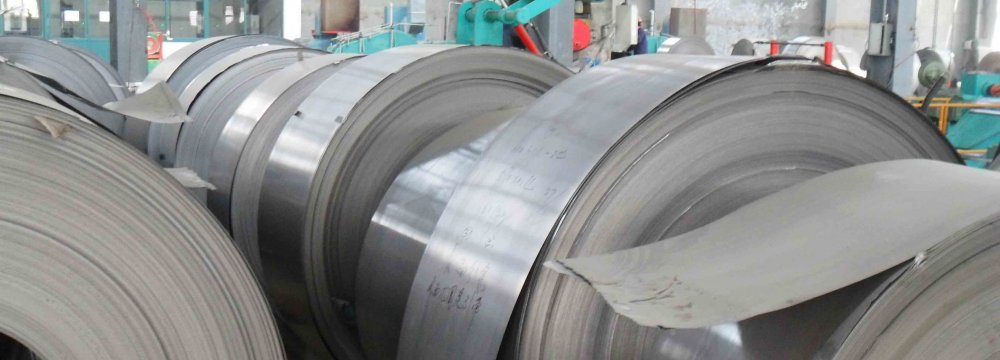
Need to Import Flat Steel to Meet Growing Demand

Since the slump in Iran’s construction activity, production of long steel products has risen above the level of consumption, although the opposite is true for flat products.
Downstream industries’ consumption of strip—mostly HRC–cannot be fully supplied by domestic producers, Amirhossein Kaveh was also quoted as saying by S&P Global Platts.
“The Iranian government is following a very protective policy for the upstream steel industry and this has increased production costs for downstream users,” he said.
The import duty on strips has been increased twice in one year: first from 4% to 10% and then to 20% in May 2016 to protect domestic industry against dumping from China.
“But after about seven months, we still have to import our thin-gauge flat products but with an unreasonable cost,” Kaveh said.
Mobarakeh Steel Company, the biggest producer in Iran, said in November that it has formally asked the government to decrease the duty on hot and cold rolled coil to 15% from 20%, but the government has yet to announce any change.
According to a report published by Iranian Steel Producers Association, in spite of increasing crude steel production in Iran, the country’s production of finished steel shows a falling trend.
The report added that crude steel output rose to 10.74 million tons in the first seven months of the current Iranian year (started March 20), which is 8% more than in the same period of last year, but finished steel output decreased 4% to 10.28 million tons.


Trump weighs using $2 billion in CHIPS Act funding for critical minerals

Codelco cuts 2025 copper forecast after El Teniente mine collapse

Electra converts debt, launches $30M raise to jumpstart stalled cobalt refinery

Barrick’s Reko Diq in line for $410M ADB backing

Abcourt readies Sleeping Giant mill to pour first gold since 2014

Nevada army depot to serve as base for first US strategic minerals stockpile

SQM boosts lithium supply plans as prices flick higher

Viridis unveils 200Mt initial reserve for Brazil rare earth project

Tailings could meet much of US critical mineral demand – study

Kyrgyzstan kicks off underground gold mining at Kumtor

Kyrgyzstan kicks off underground gold mining at Kumtor

KoBold Metals granted lithium exploration rights in Congo

Freeport Indonesia to wrap up Gresik plant repairs by early September

Energy Fuels soars on Vulcan Elements partnership

Northern Dynasty sticks to proposal in battle to lift Pebble mine veto

Giustra-backed mining firm teams up with informal miners in Colombia

Critical Metals signs agreement to supply rare earth to US government-funded facility

China extends rare earth controls to imported material

Galan Lithium proceeds with $13M financing for Argentina project

Kyrgyzstan kicks off underground gold mining at Kumtor

Freeport Indonesia to wrap up Gresik plant repairs by early September

Energy Fuels soars on Vulcan Elements partnership

Northern Dynasty sticks to proposal in battle to lift Pebble mine veto

Giustra-backed mining firm teams up with informal miners in Colombia

Critical Metals signs agreement to supply rare earth to US government-funded facility

China extends rare earth controls to imported material

Galan Lithium proceeds with $13M financing for Argentina project

Silver price touches $39 as market weighs rate cut outlook

















